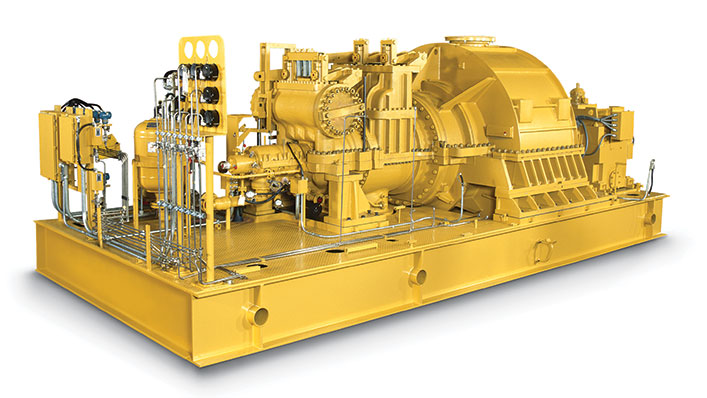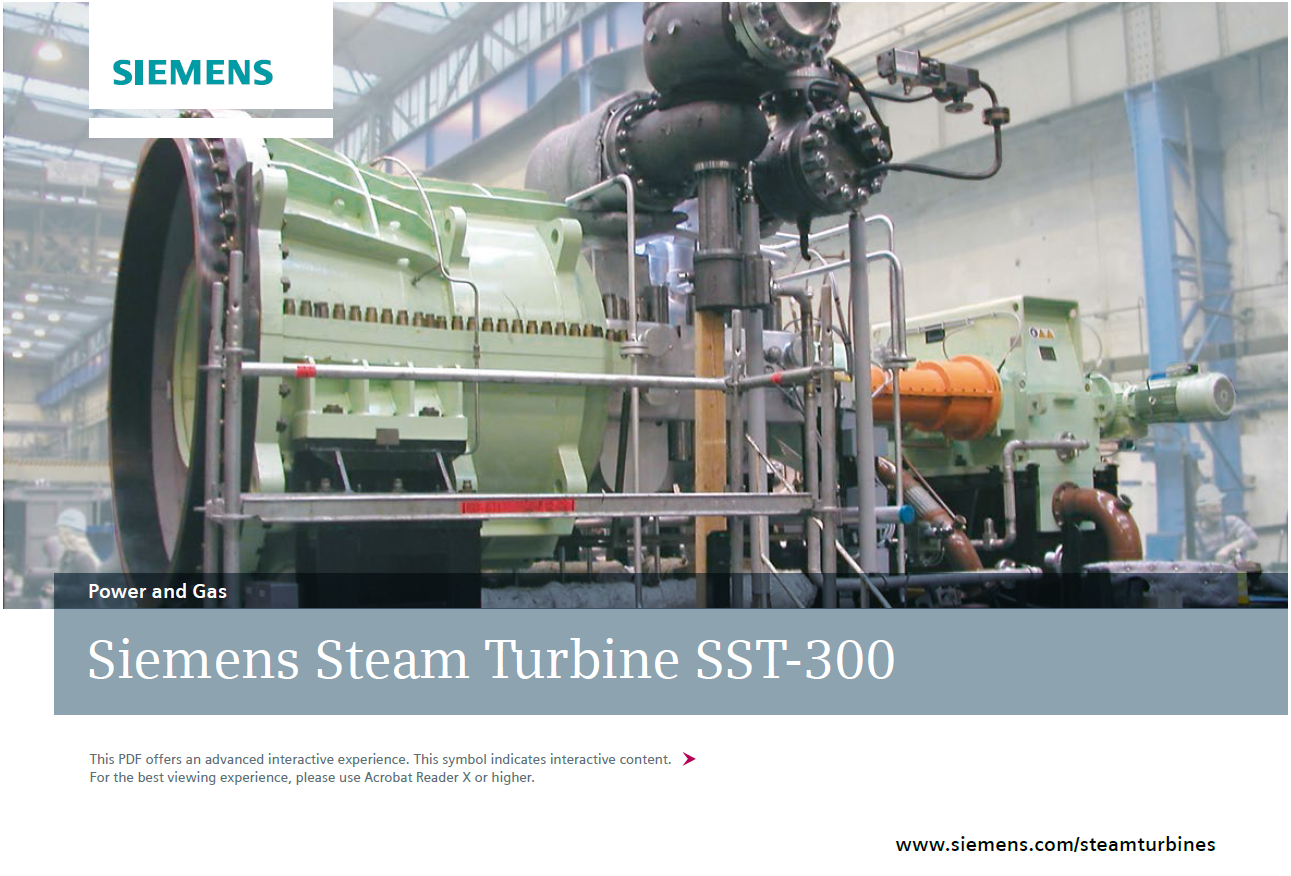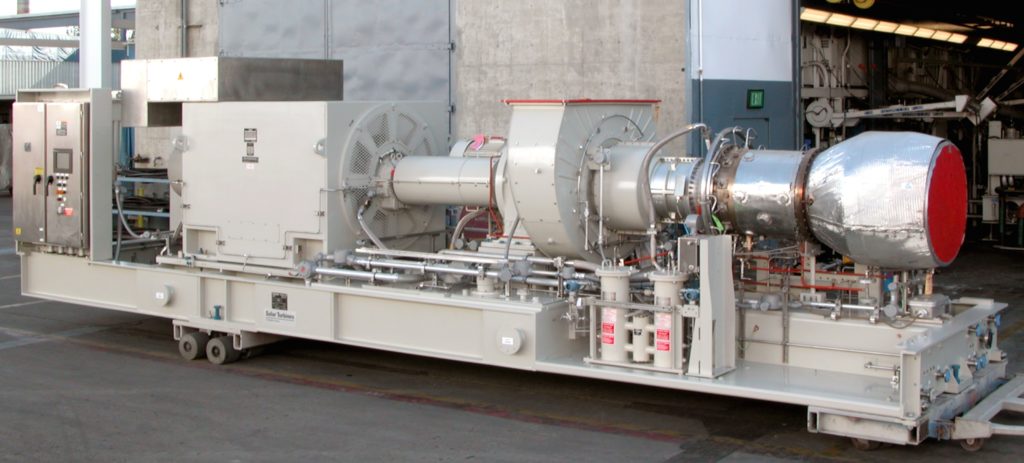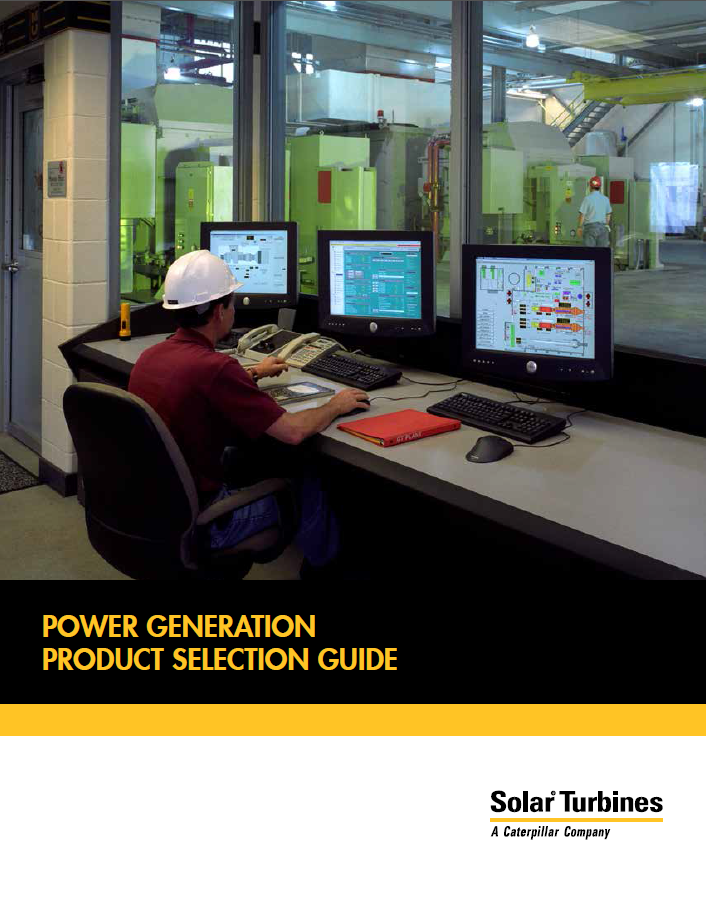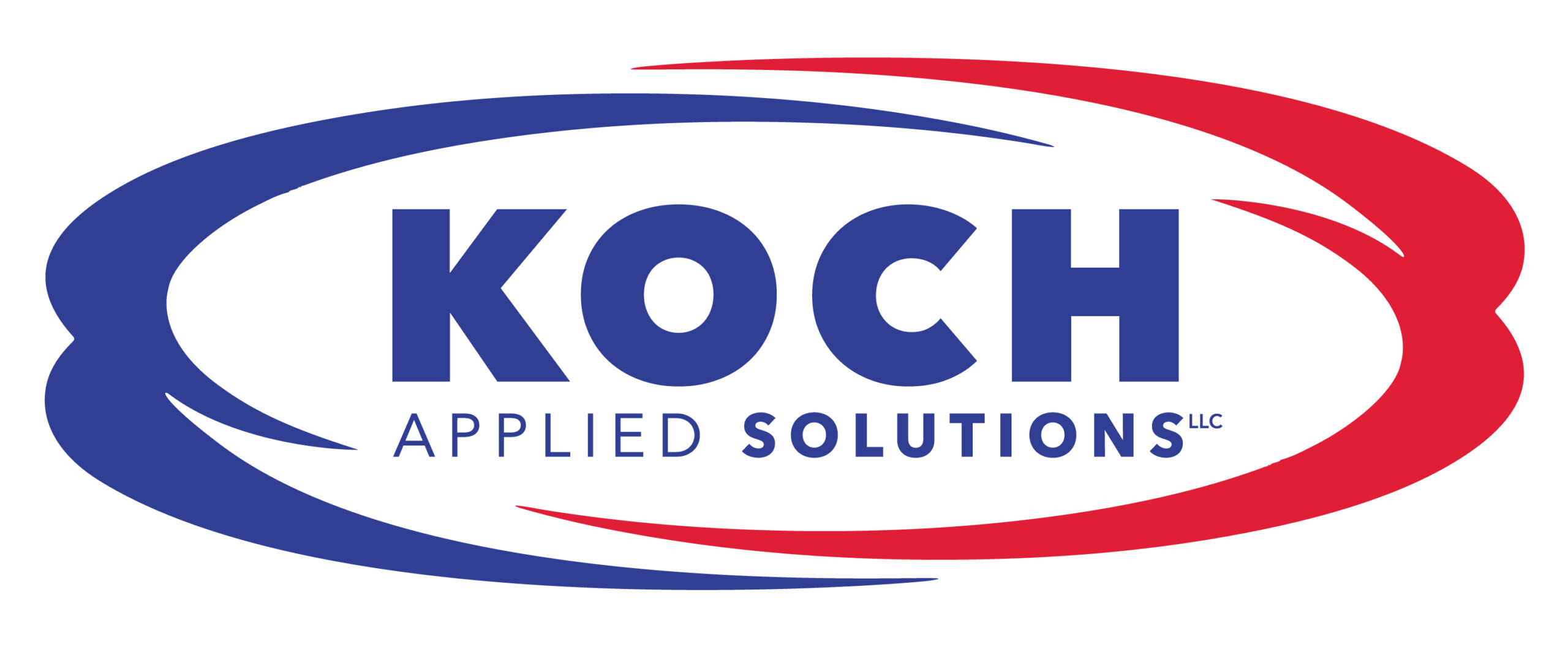Lathrop Trotter is the source for gas and steam turbines, turbine generator sets, and combined heat and power solutions. We work to assess and address specific application needs, so we can specify and develop a turbine system package that meets and exceeds goals and expectations while offering flexibility for future needs. We design customized, reliable systems that integrate seamlessly with a customer’s existing processes.
Industrial Steam Turbines
For decades, both gas and steam turbines have been employed as drives for generators, compressors pumps, chillers, and fans. These machines can very efficiently convert flow and pressure into electrical energy or do mechanical work.
There are many configurations for steam turbines, ranging from very simple backpressure drives in heating plants (as small as 10 hp) to multi-pressure-reheat units for large-scale power production, generating hundreds of megawatts of electrical power.
While air and other gasses can be used, most commonly, a boiler supplies steam at high pressure and temperature to a steam turbine that will use the mass flow to turn a shaft connected to a generator. As the steam passes through the turbine, the pressure is reduced and the thermal energy is converted to electrical energy. This setup is known as a backpressure steam turbine generator set.
When low-pressure steam is needed in a plant for heating or process, it often makes economic sense to generate high-pressure steam in an existing boiler, using inexpensive and clean-burning natural gas. Typical boilers operate at 80-85% thermal efficiency. Many industrial plants use steam pressure-reducing valves (PRV’s) to drop steam pressure to the ranges needed. In this process, the energy is lost instead of being converted to power. Backpressure Steam Turbine Generators may be operated in parallel with PRV’s for reliability and flexibility. These types of units are typically very cost-effective when properly applied.
Larger units are used in Combined Heat and Power installations where the electrical power generation is a byproduct of the heating process, this is known as a “Bottoming Cycle.” Industrial Steam Turbine Generator applications range in size from a few hundred kW to hundreds of megawatts and are often found in the paper, chemical, and basic materials industries. Generally, any industry that utilizes high volumes of steam as part of the process should consider generating onsite power via a steam turbine generator.
More information: EPA.gov – Catalog of CHP Technologies
Industrial Gas Turbines
Ranging in size from 3 to 50 megawatts, Industrial Gas Turbine Generator Sets can deliver highly reliable onsite power with very low emissions. When a heat recovery boiler is installed to capture the thermal energy in the turbine exhaust, the overall system efficiency can reach 85-90%. These systems are appropriately called “Combined Heat and Power” systems since they provide both power and heating (or cooling) from a single fuel source.
There are numerous advantages of Gas Turbine Generator Sets over the more typical arrangement of buying power from the grid and gas from the pipeline for boilers. The most significant are:
- Lower cost electrical power and steam production from natural gas compared to grid power and boiler steam generation.
- Elimination of “line losses” (and associated costs) imposed by long transmission lines between power plants and end-users.
- Higher reliability of distributed generation, compared to sourcing from the grid alone.
- More predictable energy costs (gas vs grid power costs).
- Emergency power source during disasters.
- Lower net emissions, CHP produces about half that of traditional power sourcing strategies.
- When properly connected to the grid, distributed generation can improve the overall grid resiliency and response to renewable power generation, contributed by wind and solar.
Gas Turbine Generators are being employed by both the industrial and utility sectors and are becoming recognized as the most efficient method of power generation available today.
Lathrop Trotter is able to help clients with concepts, budgets, and performance/economics on steam and gas turbine opportunities.

